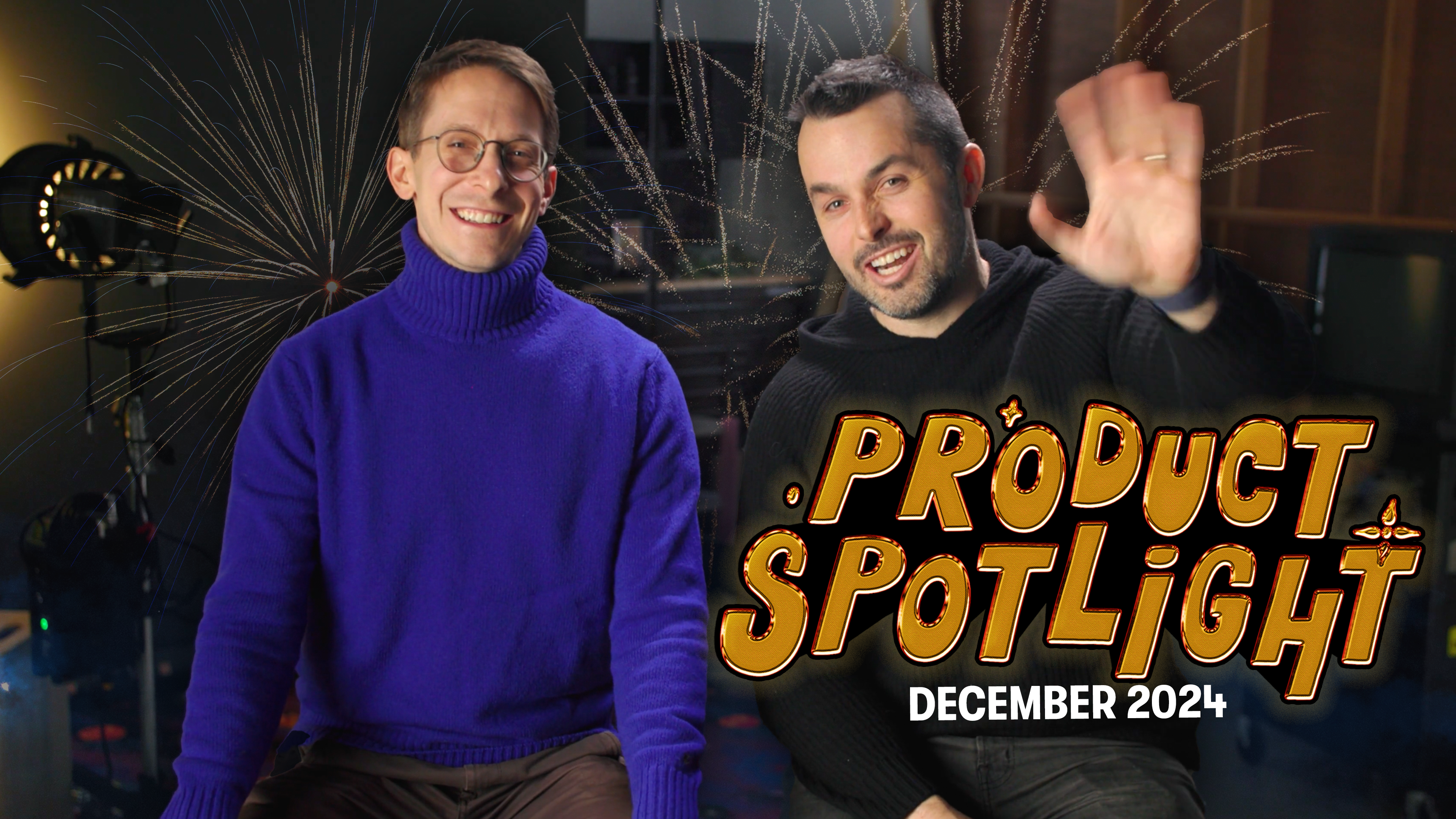How to Make A Training Video for Your Business
Create training videos that will teach your viewers what they need to know to succeed.
October 24, 2023
Topic tags
Austin Canary
Content
Chiara Hoogervorst
Creative

When you want to create content to train your employees and customers on using your product or service, forget blog posts, e-books, and product guides. Training videos are the way to go!
The good news is that training videos can be pretty easy to create — and we’ll show you how! Let’s dig in.
What is a training video?
A training video is a type of business video that teaches viewers about a topic and helps them gain the skills or knowledge they need to excel in that area.
While tutorials walk you through a task and how-to videos provide general tips, training videos take a much deeper dive into the topic. They might borrow a few elements from the other types, but they provide a well-rounded view of the topic and help folks learn new skills, practices, and concepts.
“Training videos provide a well-rounded view of the topic and help folks learn new skills, practices, and concepts.”
You might have seen training videos used by human resources (HR) teams to help new hires settle into their new roles. But for this article, we’re focusing on a different kind of training video: the ones that show employees and customers all the ins and outs of a product or service.
Types of training videos
In a training video, there are several different ways to share information and show a product or service in action:
- Talking head: A presenter — usually someone who’s super familiar with the product or service — speaks directly to the camera and, in some cases, demonstrates the product if it’s tangible
- Screencast: A recording of a computer screen (with a voiceover) that walks folks through a slide deck and/or a software product
- Animation: Moving drawings or graphics to explain complex concepts (for example, showing which muscles an exercise machine affects or the impact of using the machine incorrectly)
Sometimes, you’ll see a mix of these styles in one video. Take software training videos, for instance. While a screencast shows the software in action, a webcam recording of the presenter can add a personal touch and keep the content engaging.
Benefits of training videos
Great training videos can make all the difference for your customers, employees, and company. They help you make a great first impression, improve the customer experience, and retain customers.
You’ll help your customers start off on the right foot
When customers start using your product or service, they’re usually looking for guidance. A well-crafted training video can ease this process by showing them how to get started and make the most of what you offer. This smooth start sets the tone for their entire experience with your brand.
Your customers won’t have to rely on your customer support team
Training videos help customers avoid the hassle of reaching out to customer support at every step. They provide self-service options — something 81% of consumers expect from businesses.
You’ll retain more customers
As customers become super familiar with your product or service, they’re more likely to explore advanced features, upgrade, or even recommend it to others.
You’ll empower your team
Training videos give your team a deeper understanding of your product or service. With this knowledge, they can:
- Answer customer queries more effectively
- Offer insightful solutions to challenges
- Advocate for the product internally, leading to better teamwork and product improvements
When you make good training videos, you’re laying a foundation and setting everyone up for success. Your customers use your product better, and your team becomes more confident in helping them. It’s a win-win for everyone!
How to make a training video
A great training video is clear, engaging, and paced just right. By the end, viewers feel super confident about using the product or service.
Preparation is the key to creating a great training video. As you dive into the planning stage, keep these pointers in mind:
Understand your audience
You could make the best training video in the world and still struggle to engage your viewers if it doesn’t hit the right chord with them.
Start by understanding your audience’s pain points and digging deeper into their existing knowledge of the topic. It’ll help you figure out which details to omit from the video. For instance, customers already familiar with your product may not need a step-by-step tutorial on installing your product.
Next, find out your audience’s format and tone preferences. For example, a quirky and witty video might resonate best with Gen Z viewers, while a professional audience might respond better to a more formal and straightforward presentation.
Map out the important steps and details
Once you understand your audience, writing a script that hits the mark should be a breeze. But before diving into the script, jot down the main steps and points about your product or service. This helps you make sure that your script includes all the important stuff without being bogged down with unnecessary details.
Consider putting together a fact sheet, too. It’s a one- or two-page document that answers the main questions (who, what, when, where, and why) for each training video. It can be a source of truth for all the team members involved in the project. It’s where they can leave feedback, make edits, and check that the messaging is spot on and all the necessary product details are included.
If your script’s starting to feel like the extended cut of a blockbuster movie, think about slicing it up. Break it up into chapters or even bite-sized videos. It’ll keep the content engaging and super digestible.
Show, don’t tell
A memorable training video is more than just words. It’s about showing your audience how it’s done. Whether you’re using slides, screen recordings, or product demos, your visuals should be the star of the show. The script is there to support those visuals. You want these two to work in tandem to make sure that your message is not just heard, but also truly seen and understood.
Recording a training video
A good webcam, an external microphone, and a screen and webcam recorder might be all you need to make a high-quality training video.
Wistia’s built-in screen and webcam recorder is a pretty good option. With it, you can record your screen, webcam, or both at the same time.
And once you’re done, you can open the recording in Wistia’s video editor and toggle between camera, screen, and side-by-side or picture-in-picture camera and screen views. The ability to decide which content is front and center at different parts of your video helps you create better, more polished content.
To start using Wistia’s screen and webcam recorder, all you gotta do is log in to your Wistia account (or sign up for a free account), open up the Studio, and then start recording. For a more detailed walkthrough, use this guide.
Examples of great training videos
Need some inspiration? We’ve got a couple of training videos to look at:
Carta’s Cap Table 101 series
This series by Carta breaks down a complex topic into different chapters to help folks learn at a comfortable pace. Each chapter includes multiple bite-sized videos like this one:
Observe how each video uses computer graphics to simplify concepts like startup funding and valuation. And the narrator’s commentary helps drill into each point further.
Figma Tutorial: A Crash Course for Beginners
In this training video, instructor Daniel Scott takes newbies on a deep dive into the world of user experience (UX) and Figma, a collaborative design tool:
Rather than just guiding viewers through Figma, Daniel explains what UX design is and how Figma fits into it. This approach provides viewers a comprehensive grasp of Figma and its potential uses.
The video includes a good mix of the talking head and screencast formats to keep the content interesting and easy to understand. While the duration is on the longer side (at one hour and 22 minutes), it’s split into chapters to make it easy for viewers to jump to specific sections.
Create impactful training videos with Wistia
Ready to start making awesome training videos? Use Wistia’s screen and webcam recorder to start capturing videos today. It’s available on all plans, including the free one. Get started today!






